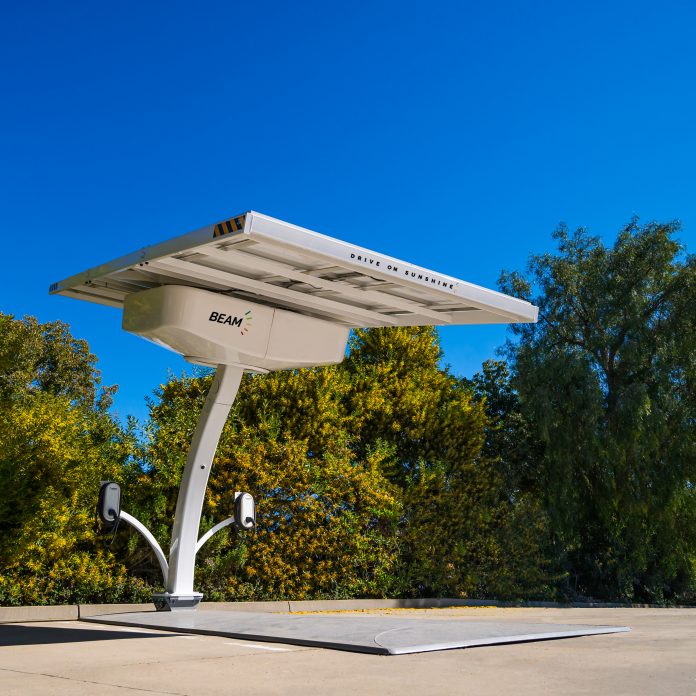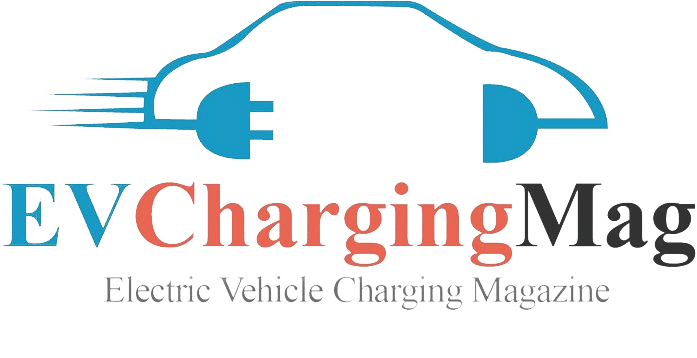Strategic Investment in Sustainability
In a significant stride towards bolstering national security and emergency preparedness, the U.S. Department of Homeland Security (DHS) has embarked on an innovative venture, integrating cutting-edge, sustainable technology into its operations. With a substantial investment of $4.8 million, DHS has placed its trust in Beam Global, a pioneering force in the realm of clean technology and sustainable infrastructure solutions, to enhance its disaster response capabilities with off-grid, solar-powered EV charging systems.
Nationwide Deployment for Enhanced Resilience
This acquisition includes 47 Beam EV ARC™ systems and 16 ARC Mobility™ trailers, designed for the seamless transportation of these units. These systems are destined for deployment across a broad spectrum of critical agencies, including the Federal Emergency Management Agency (FEMA), Customs and Border Protection (CBP), the Coast Guard, Federal Law Enforcement Training Centers (FLETC), and the Secret Service. The geographical spread of this deployment, covering states from Alabama to West Virginia, underscores the federal government’s commitment to ensuring nationwide resilience in the face of disasters.
Innovative Features and Disaster Preparedness
The choice of Beam Global’s EV ARC™ systems by DHS is not just a procurement decision; it’s a clear signal of the government’s dedication to environmental stewardship and energy independence. These solar-powered chargers stand out for their ability to generate and store clean electricity independently, requiring no construction, electrical work, or utility connections for deployment. Designed to withstand floods up to 9.5 feet and winds up to 160 mph, they guarantee continuous operation even during blackouts, making them invaluable assets for disaster preparedness and response.
Aligning With Federal Sustainability Goals
This initiative aligns with the broader federal ambition encapsulated in Executive Order 14057, aiming to electrify the federal vehicle fleet by 2035 and prioritize investments in resilient, renewable energy-powered EV charging infrastructure. By choosing Beam Global’s solutions, DHS is not only advancing towards this goal but also supporting American manufacturing and job creation, reinforcing the nation’s energy security, and contributing to the reduction of carbon emissions.
A Model for Future Infrastructure Projects
As the federal fleet transitions towards a future dominated by zero-emission vehicles (ZEVs), the collaboration between DHS and Beam Global sets a precedent for sustainable, resilient infrastructure that could serve as a model for federal, state, local, and tribal governments across the United States. It underscores a commitment to clean energy and environmental responsibility, paving the way for a greener, more secure future.
This move by the DHS not only showcases a forward-thinking approach to emergency preparedness and sustainability but also strengthens the nation’s position at the forefront of the global shift towards clean energy and transportation. As we witness this transformative journey, it’s clear that the partnership between DHS and Beam Global is not just about charging vehicles; it’s about powering a sustainable future for all.


Why did our government buy into this poor deal. Each charge station will cost One hundred two thousand + dollars.
The solar panels are not large enough to top off the roof battery and it’ll take days again to do it all over again. Two charge cords per station? That’ll bring each station down to Level one charging.
Would be better charging AND cheaper if the government bought 2 Tesla Super Chargers for each location.
Australia tried using solar panel charging. It was a huge floop. They had to install large diesel generators at each station. Meanwhile, all the Tesla Superchargers are working just fine.